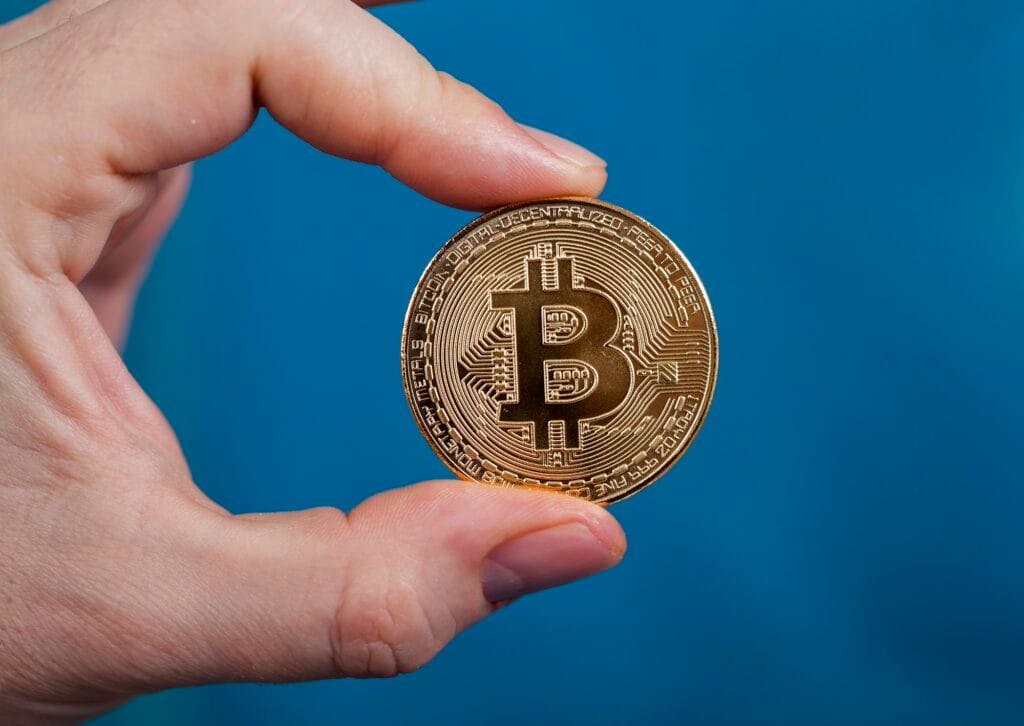Beyond Bitcoin: Exploring the New Frontier of Web3 Investment Opportunities
In the ever‑shifting landscape of digital assets, Bitcoin remains the cornerstone of the cryptocurrency movement, but it is no longer the sole driver of innovation. The rise of Web3 has opened a whole new world of possibilities where decentralization, user ownership, and tokenized ownership models intersect. For investors looking to diversify beyond traditional coins, understanding Web3 investment opportunities offers a chance to participate in the next wave of technological disruption.
What is Web3?
Web3 isn’t just a buzzword; it represents an architectural shift from centralized services to a peer‑to‑peer ecosystem powered by blockchain. While Web2 platforms hand power to a handful of tech giants, Web3’s ethos is built on distributed networks, smart contracts, and data sovereignty. Users own their digital identity, control their data, and can monetize activities without relying on intermediaries. This framework fuels a new range of applications—from finance to art, governance, and infrastructure—each with unique investment potential.
Web3 Investment Opportunities in Focus
1. Decentralized Finance (DeFi)
DeFi has become synonymous with “fintech on the blockchain.” By removing traditional custodians, DeFi permits unlimited liquidity, instant cross‑border payouts, and programmable asset management. Key avenues include:
– Yield Farming – Providing liquidity to automated market makers (AMMs) in return for incentive tokens.
– Decentralized Exchanges (DEXs) – Investing in tokenized stakes of leading platforms such as Uniswap, SushiSwap, or newer entrants that drive network usage.
– Lending Protocols – Participating in peer‑to‑peer lending networks like Aave and Compound, where collateralized loans generate passive returns.
Each of these sub‑markets offers distinct risk‑return profiles, allowing investors to pick assets that match their tolerance and strategic goals.
2. Non‑Fungible Tokens (NFTs)
NFTs embody the concept of digital scarcity through cryptographic proof. While art and collectibles dominate headlines, the underlying technology supports broader use cases:
– Digital Art – Acquiring and swapping limited edition pieces, often backed by royalty mechanisms that reward creators.
– Virtual Real Estate – Purchasing plots in metaverse worlds such as Decentraland, the Sandbox, or Axie Infinity, which can appreciate as user adoption grows.
– Gaming Assets – Investing in in‑game items that can be traded, burned, or used to create new economies, providing a tangible link between virtual play and real‑world value.
The NFT space is still maturing, offering early‑adopter investors the chance to influence its evolution.
3. Decentralized Autonomous Organizations (DAOs)
DAOs decentralize governance by embedding decision‑making within smart contracts. Investors can:
– Acquire Governance Tokens – Gaining voting rights on protocol upgrades, treasury allocations, and project milestones.
– Stake DAO Treasuries – Some DAOs hold significant sums of assets; staking can unlock shares in returns or new proposal outcomes.
DAOs blur the line between community and company, offering a participatory investment model that can align interests across stakeholders.
4. Layer 2 Scaling Solutions
Sheer throughput limits on Layer‑1 chains—Bitcoin, Ethereum, etc.—drive the hunt for faster, cheaper transactions. Layer‑2 projects such as Optimism, Arbitrum, and Polygon solve these roadblocks by conducting secondary processing off the main chain. Investors can back protocols that:
– Utilize Rollup Technology – Aggregating numerous transactions into a single proof that reduces congestion.
– Support Sidechains – Providing independent hubs that echo the main chain’s consensus for niche applications.
These solutions are essential as Web3’s scalability directly impacts user adoption and, consequently, token value.
5. Interoperability Bridges
With the proliferation of blockchains, cross‑chain communication becomes indispensable. Interoperability projects lead the charge:
– Cross‑Chain Protocols – Polkadot and Cosmos enable bridges between different networks, fostering shared liquidity and assets.
– Bridge Technologies – Tools that translate tokens from one chain to another, which can become critical for liquidity providers and yield strategists.
By supporting seamless transfer, these projects enable broader usage and open markets for investors.
6. Web3 Infrastructure
Invisible yet vital, infrastructure underpins every Web3 application. Opportunities here include:
– Decentralized Storage – Tokenized networks like Filecoin and Arweave secure data on a global ledger.
– Decentralized Computing – Platforms such as Golem and iExec open up public HPC resources; their tokens reward participants that provision GPUs or CPUs.
– Identity Solutions – On‑chain identity frameworks give users ownership over credentials while providing privacy‑preserving verification for services.
Investing in reliable infrastructure ensures lasting liquidity and resilience across the ecosystem.
7. Metaverse and Gaming
Blockchain has catalyzed a new genre of socially‑interactive, coin‑based games where every asset holds true economic value. Possible strategies involve:
– Tokens of Metaverse Platforms – Corporate shares in projects like Decentraland or The Sandbox can rise alongside user engagement.
– Play‑to‑Earn Models – Engaging with games that reward players with tokens can be an active form of investment, combining fun with financial incentive.
– Cross‑Utility Items – Items that serve across multiple games or platforms can become durable, portfolio‑level assets.
As the virtual world expands, so does the opportunity for tokenized ownership throughout gaming economies.
Risks to Keep in Mind
Web3’s promise comes with heightened uncertainty:
– Price Volatility – Cryptocurrencies swing dramatically; disciplined position sizing is critical.
– Regulatory Flux – Middle‑of‑road policy ambiguity can affect token classifications and tax treatment.
– Technical Complexity – A shallow understanding of protocol design can expose investors to systemic risk.
– Security Threats – Code bugs or ERC‑20 “rug pulls” still dominate speculative markets.
Nuanced research, continuous monitoring, and risk mitigation plans will safeguard portfolios against these challenges.
Conclusion
Looking beyond Bitcoin, the universe of Web3 investment opportunities offers an enticing array of assets—DeFi protocols, NFT ecosystems, DAOs, scaling solutions, interoperability bridges, core infrastructure, and immersive gaming economies. Each sector carries its own dynamics, but together they form an interwoven ecosystem that stands to redefine digital value creation.
To prosper in this space, investors must combine rigorous due diligence with an adaptive strategy that embraces both short‑term trends and long‑term paradigm shifts. As Web3 matures, the potency of these projects will only grow, rewarding early adopters who understand that the next wave of decentralization is not an abstract future but an evolving marketplace ready for participation.


